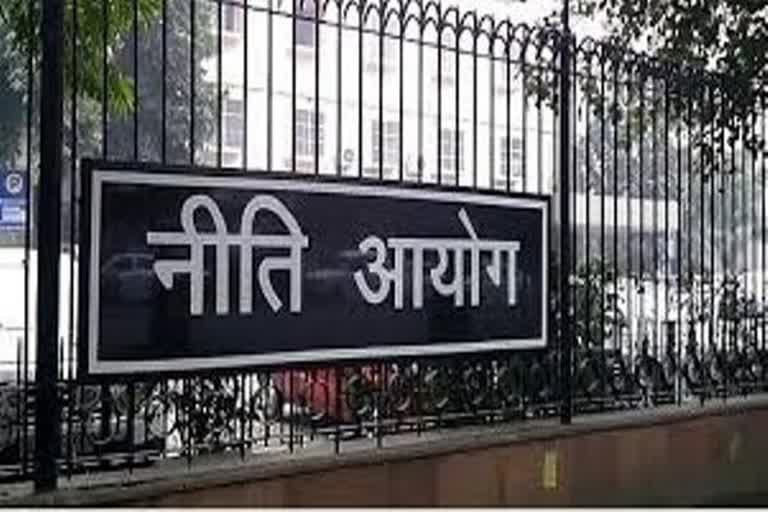New Delhi: Government think-tank NITI Aayog member Ramesh Chand on Wednesday made a case for only two slabs under the goods and service tax regime as against the multiple slabs currently, and said rates should be revised annually if required.
The goods and services tax (GST), which replaced almost all the indirect taxes, came into force from July 1, 2017, and the rates on goods and services have been revised several times since then.
Currently, there are four GST rate slabs 5 per cent, 12, per cent, 18 per cent and 28 per cent. Several items fall in exempt category or nil duty. Besides, cess is also levied on five goods.
Talking to PTI, Chand said that when a large taxation reforms like GST are brought in, there are always "teething problems" but soon they stabilise. He said most of the countries took long time for GST stabilisation.
Read more:Good News! Committees to be formed to resolve GST-related grievances
The NITI Aayog member, who looks after the agriculture sector, is also strictly against frequent changes in GST rates as it leads to problems. The all-powerful GST Council, presided over by the Union Finance Minister and comprising state finance ministers, decides on rate for particular goods and services.
Besides frequent demand for reduction in the rates on various goods and services, there has also been clamour for a slash in the number of tax slabs.
"It has become tendency of every sector to ask for lower GST. I feel GST issues are much larger than asking for rates," Chand said.
And, "we should not fiddle with rates or change rates frequently... We should not have many rates. Have only two rates," he said.
Chand said the focus should be on steady increase in revenue collection from the new indirect tax regime rather than tinkering with rates. He prescribed that if at all rates need to be changed, it should be done annually.
On demands of lower GST on process food, like dairy products, Chand, an agri economist, said the 5 per cent GST on such products is "very very reasonable".
Chand said that while every sector is demanding lower rate, they should also understand governments need revenue to spend on development works. "We always ask from the government and forget to give back. This trend is not good. From where will the government get the money to spend for development," said Chand, who is also a member of the 15th Finance Commission.
He said that in the agriculture sector alone, the central government is providing a subsidy of Rs 1.2 lakh crore and the states put together spend about Rs 1 lakh crore.
A panel of officials has also made a presentation to the Bihar Deputy Chief Minister Sushil Modi who is heading the panel on GST revenue augmentation on ways to augment Goods and Services Tax (GST) revenue has suggested two GST slabs of 10 per cent and 20 per cent and the transfer of some goods from the 18 per cent slab back to the highest 28 per cent category.
The GST council has fixed over 1,300 goods and 500 services under four GST slabs of 5, 12, 18 and 28 per cent. This is besides the tax on gold which is at 3 per cent and rough, semi-precious and precious stones that attract a special rate of 0.25 per cent under GST.
In its presentation, the committee alerted that there could be a shortfall of Rs 63,200 crore in GST collections in the current financial year and a deficit of as much as Rs 2 lakh crore by 2021.
Citing the suggestions made by the officials' panel, informed sourcs here said that its recommendations on increasing the GST revenue include moving items from 5 per cent and 12 per cent tax slabs to higher ones like 18 per cent, such as moving mobile phones from 12 to 18 per cent and precious metals from 3 to 5 per cent.
The panel also called for revising rates on certain items which were earlier taken higher to 18 per cent, and withdrawal of exemption for certain items.
The GST Council had cut rates on a number of consumer durables and paints to 18 per cent from 28 per cent in July 2018 in a bid to lower prices and boost consumption.
Modi, who is the Bihar Finance Minister and head of the Group of Ministers (GoM) on Integrated GST (IGST), had ruled out the possibility of changes to the rate structure at a time when exchequer revenues have moderated owing to the economic slowdown.




